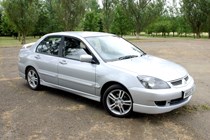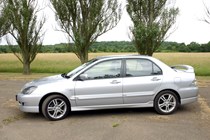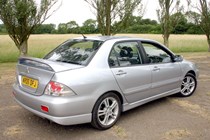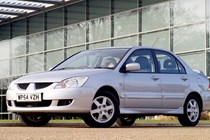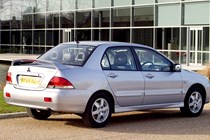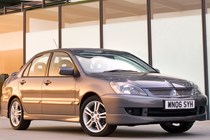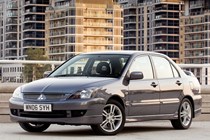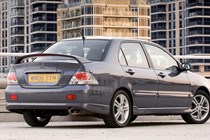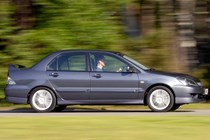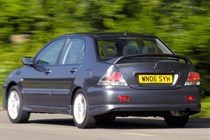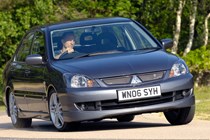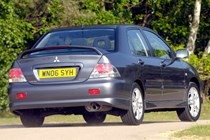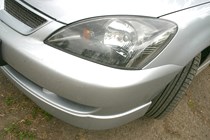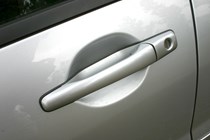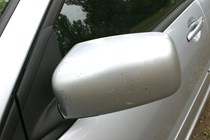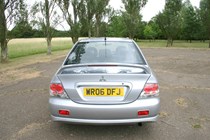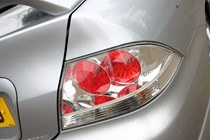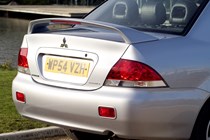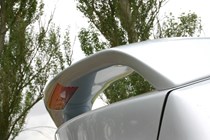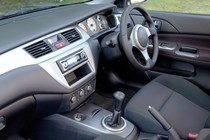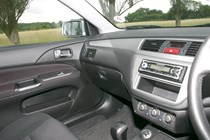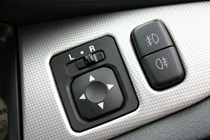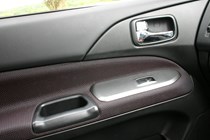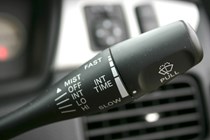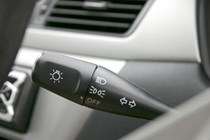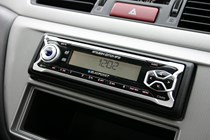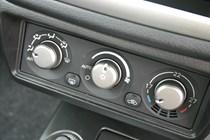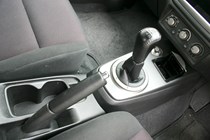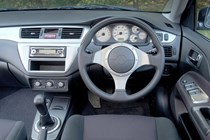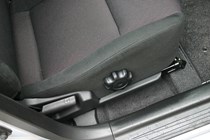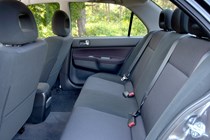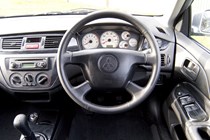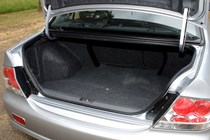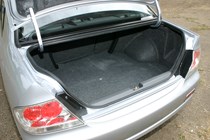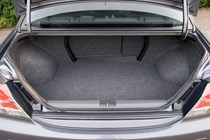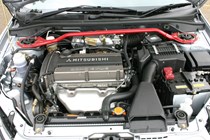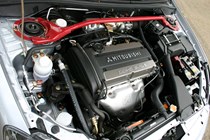
Mitsubishi Lancer Saloon running costs and reliability
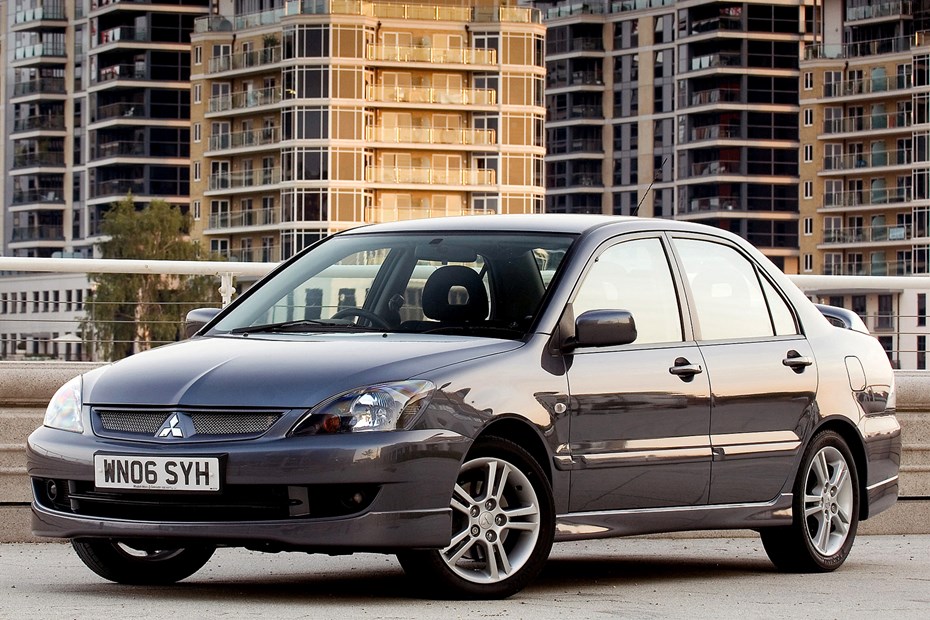
Miles per pound (mpp)
Fuel economy
Competitively priced with great equipment levels, Lancer is sold in fairly low volumes and Mitsubishi’s brand image helps to keep used values higher than that of its Korean-built rivals. Mitsubishi’s reputation for high dependability should keep repair costs down, but servicing is steep and fuel consumption figures are not helped by the absence of a diesel alternative.
Understandably, Sport models are dearer to insure, though insurance groups are moderate overall – and much more affordable than Lancer EVO IX.
Lancer performs reasonably on the eco front. With an average of 181 g/km CO2 across the line-up, its emissions are quite low for a small family saloon. It’s worth noting that the line-up does not feature any diesel models, which typically produce less carbon dioxide than petrol engines with similar power outputs. The range is not particularly economical, averaging 37 mpg.
Lancer’s trump card, as Mitsubishi are renowned for building vehicles of a high quality and this one’s no different. Reports of mechanical faults are rare, so calls to the recovery service should be few and far between, too.
Ongoing running costs
| Road tax | £255 - £385 |
|---|---|
| Insurance group | 22 - 27 |
Get an insurance quote with

|
|



